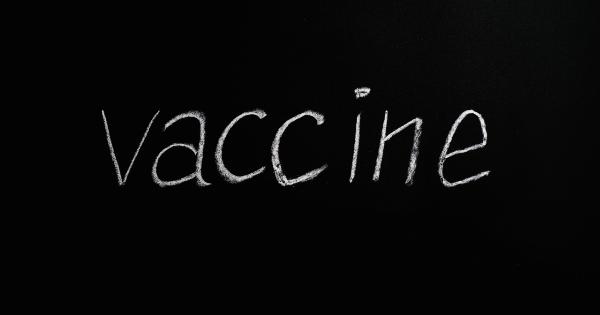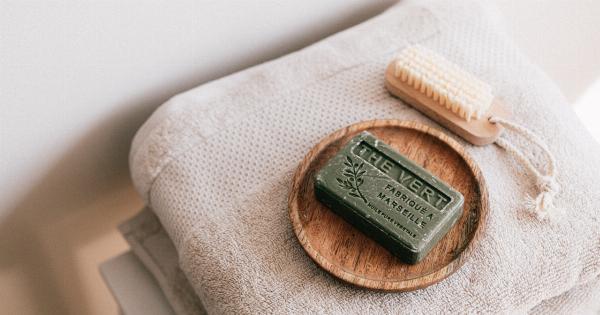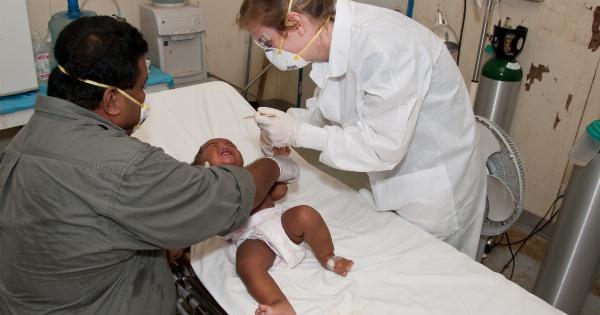Sandboxes and pools are popular play areas for children, providing hours of fun and entertainment. However, these seemingly innocent play areas can harbor some potentially harmful germs.
It is essential to understand the risks associated with these germs to ensure the safety and well-being of children. In this article, we will uncover the four lethal germs commonly found in sandboxes and pools, along with precautions that can be taken to prevent their spread.
1. E. Coli
E. coli is a bacterium commonly found in the intestines of humans and animals. While most strains of E. coli are harmless, certain types can cause severe illness and infections. When fecal matter, containing E.
coli, comes into contact with sand or pool water, it can contaminate these play areas. Children can get infected by accidentally consuming the contaminated sand or water.
2. Cryptosporidium
Cryptosporidium, often referred to as “Crypto,” is a microscopic parasite that causes a diarrheal illness called cryptosporidiosis. This parasite is highly resistant to chlorine and can survive for days in properly chlorinated pools.
If an infected person enters the pool or sandbox, they can release Cryptosporidium and contaminate the water or sand. Ingesting or coming into contact with this parasite can lead to severe gastrointestinal symptoms.
3. Giardia
Giardia is another parasite that can be found in sandboxes and pools. Similar to Cryptosporidium, Giardia causes gastrointestinal illness. It is often transmitted through contaminated water or objects, such as sand.
Children can contract Giardia by accidentally ingesting contaminated water or sand particles. The symptoms of Giardia infection include diarrhea, abdominal pain, and nausea.
4. Staphylococcus aureus
Staphylococcus aureus, commonly known as staph infection, is a bacterium that can cause various illnesses. It is often found on the skin or in the nose of healthy individuals, but certain strains can cause infections when they enter broken skin.
In sandboxes and pools, where skin-to-skin contact and cuts or scrapes are common, staph infections can easily occur. These infections can range from minor skin conditions to more serious bloodstream or respiratory infections.
Precautions to Prevent Infections
While the presence of these germs might sound alarming, the good news is that there are several precautions that can be taken to minimize the risk of infections:.
1. Regularly Clean and Disinfect
It is vital to clean and disinfect the sandbox and pool regularly. This includes removing any visible debris, such as leaves or sticks, and disinfecting the surfaces with appropriate cleaning agents.
Follow the manufacturer’s instructions on the cleaning products to ensure effective disinfection.
2. Encourage Hand Hygiene
Teaching children the importance of hand hygiene is crucial. Ensure they wash their hands thoroughly with soap and water before and after playing in sandboxes or pools. Hand sanitizers can also be used if soap and water are not readily available.
3. Educate about Not Ingesting Sand or Water
Children should be educated about the risks of ingesting sand or pool water. Encourage them not to put their hands or toys in their mouths while playing. Supervision is essential to ensure they follow these guidelines.
4. Monitor the Condition of the Sand and Water
Regularly inspect the sand and pool water for any signs of contamination. If the sand appears dirty, contaminated, or foul-smelling, replace it. Cloudy or discolored pool water should be tested for germs and properly treated.
5. Establish Rules for Pool Hygiene
Set clear rules for pool hygiene, such as showering before entering the pool, not swimming while ill with diarrhea, and avoiding swallowing pool water. Enforce these rules to reduce the risk of cross-contamination.
Conclusion
Sandboxes and pools are enjoyable play areas for children, but they can also harbor dangerous germs. It is crucial to be aware of the risks associated with these germs and take necessary precautions to prevent their spread.
By regularly cleaning and disinfecting these play areas, encouraging hand hygiene, and educating children about not ingesting sand or water, the risk of infections can be significantly reduced. Stay vigilant and prioritize the safety and well-being of children while they have fun in sandboxes and pools.






























